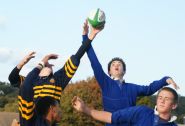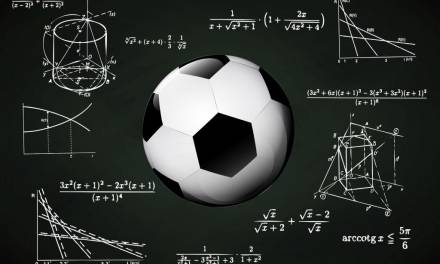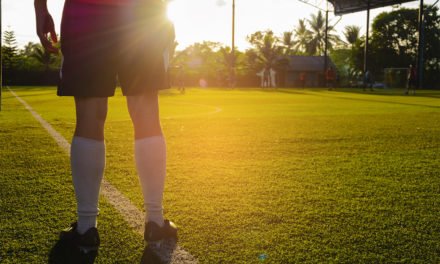In previous blog posts we have looked into a wide range of activities to help increase participation and develop your pupils’ confidence to get involved. Although your pupils may be making some good improvement in the sports and activities they are taking part in, sometimes they may not see their development. It is beneficial to you to point it out to them, because if you don’t they may lose all interest in the sport.
For some students it is enough to just tell them they are doing better, but this will only work for a short amount of time, and only for students who trust you completely. Others may want a little bit more than just talking about their improvement.
They may not believe you, or they may be in a bit of a slump in their development and are feeling disinterested or their confidence may be waning. In this situation you need to demonstrate the improvement that they are making.
Using Numbers
There is no better way to prove your point than backing it up with numbers. Statistics are factual in their nature, and there is no denying their effectiveness in demonstrating improvement. You should take a note of the student’s times, points scored, etc. when they start training, and update this every other week if possible.
For example, if you are working on the 100m sprint with your students, take a note of how long it takes them in your first session with them. Then feel free to work on the different aspects involved, the start, running position, fast finishing, technique and anything else you want.
Every week or two, get your students to run the race again and take their timings. You can then show your pupils that they have improved, by ‘x’ amount of seconds.
However, sometimes numbers do not work. They cannot work if you are partaking in non-quantitative sports. For instance, you cannot use numbers to show improvement in football. You could use amount of goals scored, but the variables are too many, you could also use complex statistics like pass completion rate, but this would be too difficult to implement. Therefore, you need another way of demonstrating their improvement.
Rewind
One way in which you can demonstrate improvement is to rewind and, after several weeks of training, redo your first lesson on the activity. Usually, your first lesson would be to go through the basics of the sport, be it floor passing in hockey, heading in football or whatever.
After you have completed this lesson for the second time, your students will have hopefully performed much better this time than the first. You can then go round to all your students and explain to them their improvements.
For instance, you could approach a student who couldn’t dribble well in hockey, and show them how much they have improved. You could say that they couldn’t dribble in a straight line before, and now they are comfortable dribbling forward, backwards and round players.
The student in question should then be able to think back to their first lesson and realise that they are improving and have done well to improve so much in a short space of time. They will also trust you more, as they can see that you weren’t lying when you said they have improved.










